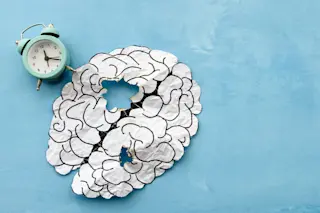In February 2023, the family of actor Bruce Willis made an announcement about his health. The previous year, Willis had been diagnosed with aphasia, a disorder that prevents a person from speaking or understanding speech.
As his condition worsened, physicians identified Bruce Willis has frontotemporal dementia.
Frontotemporal dementia is one of many different types of dementia. About 50 million people worldwide are living with dementia, and epidemiologists expect that number to triple by 2050.
About two-thirds of those projected cases will likely be in middle and lower-income countries. Advancements in medical technology now allow physicians to use biomarker testing and brain imaging to identify the type of dementia a person has and how far the disease has progressed.
Read More: How to Diagnose Dementia: Can You Get Tested for Dementia?
Although there is currently no cure for dementia, having a clear diagnosis can help patients and their families prepare for ...















